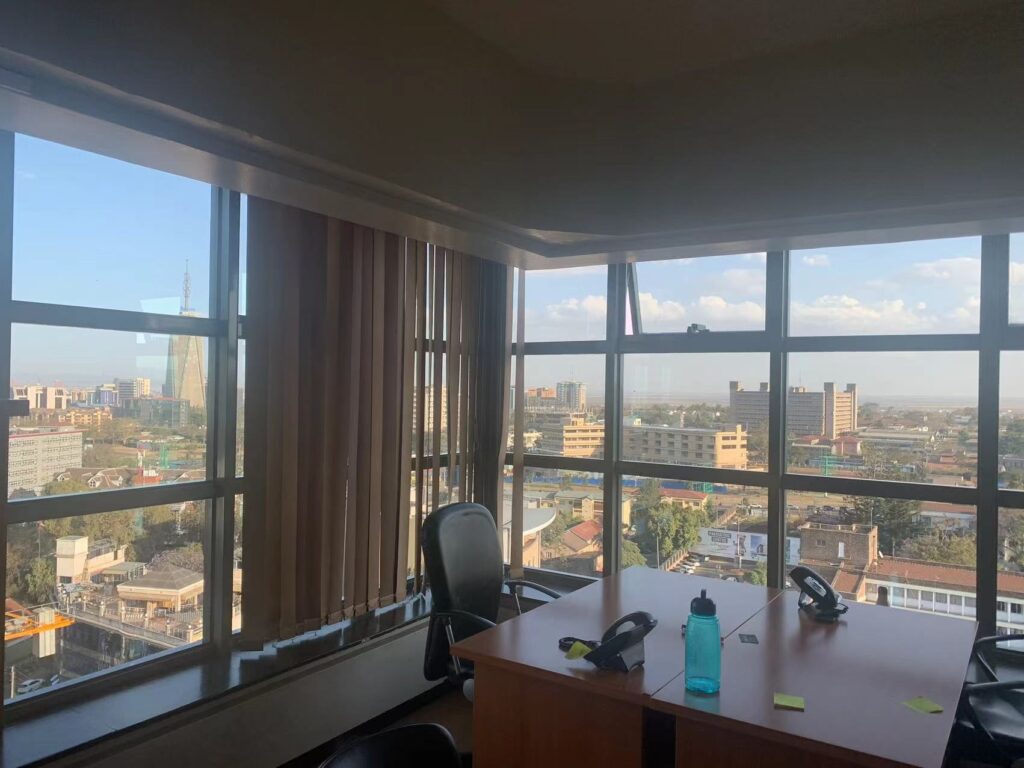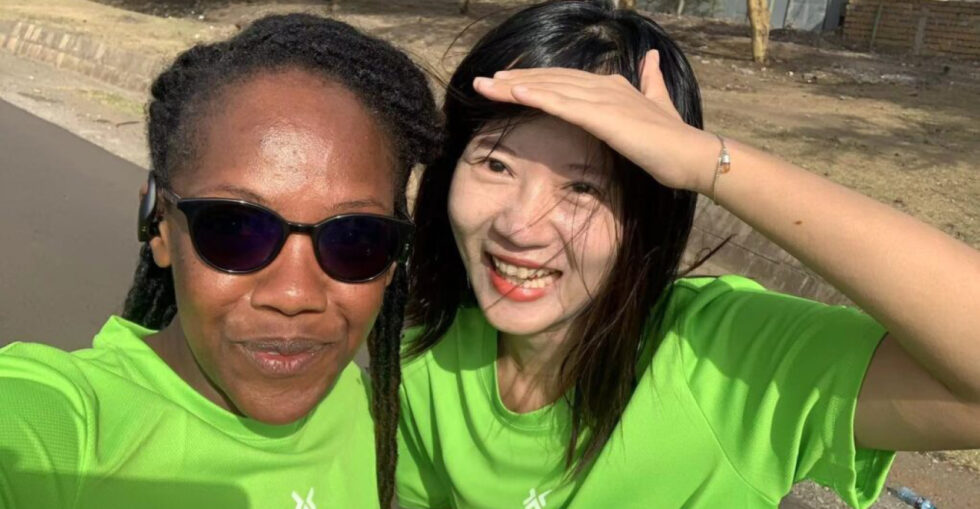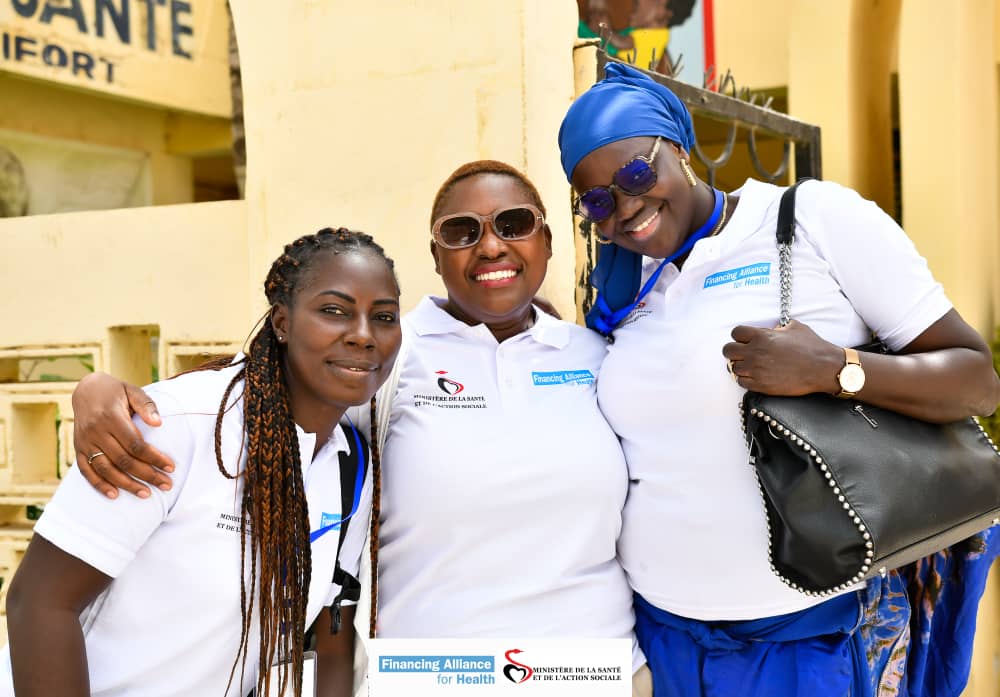By Xinxi (Cici) Wang, LGT Impact Fellow for Financing Alliance for Health, Kenya
The question of “How do you define and measure impact?” has been a constant companion throughout my career. Thankfully, my path has led me to the LGT VP Impact fellowship, an extraordinary program that has granted me profound insights into this matter. This transformative fellowship is committed to magnifying impact while tailoring it to the distinctive experiences and aspirations of each participant. Through engaging discussions, practical involvement, and focused research, I am empowered to reshape and refine my impact narrative.
Donor Vs Recipient
In my previous role at the World Bank, I conducted assessments to evaluate the socioeconomic impact of infrastructure investments. I employed a systematic approach to model and analyze the effects generated by development financing mechanisms. This method allowed me to closely monitor and report on the effectiveness and efficiency of the projects, ensuring their alignment with the desired project development objectives (PDO).
As an LGT VP Impact fellow, my role involves supporting African Frontline First, a collaborative initiative led by the Financing Alliance for Health. I am working on designing a financing facility aimed at scaling up and sustaining 200,000 professional, integrated, and supported community health workers in the Sub-Saharan region by 2030. This initiative represents one of the largest commitments to community health thus far, with a target funding goal of $1.9 billion.
The transition from my previous role as a donor to my current position working with a recipient organization has provided me with valuable insights and a comprehensive perspective. It has allowed me to understand the interests of both parties involved.
Donors often inquire about how they can ensure that their financial contributions will generate the maximum measurable impact. This question gains particular significance within the context of sustainability and accountability. Donors are continuously searching for projects and organizations that can establish an operational model that is enduring and self-sustaining. Recipients, in turn, can leverage these inquiries to cultivate stronger partnerships with donors through innovative and transparent approaches. A shared understanding of expectations and aligned interests is vital in order to assess achievable goals and identify any potential obstacles that could impede the organization’s ability to fulfill the donor’s objectives.
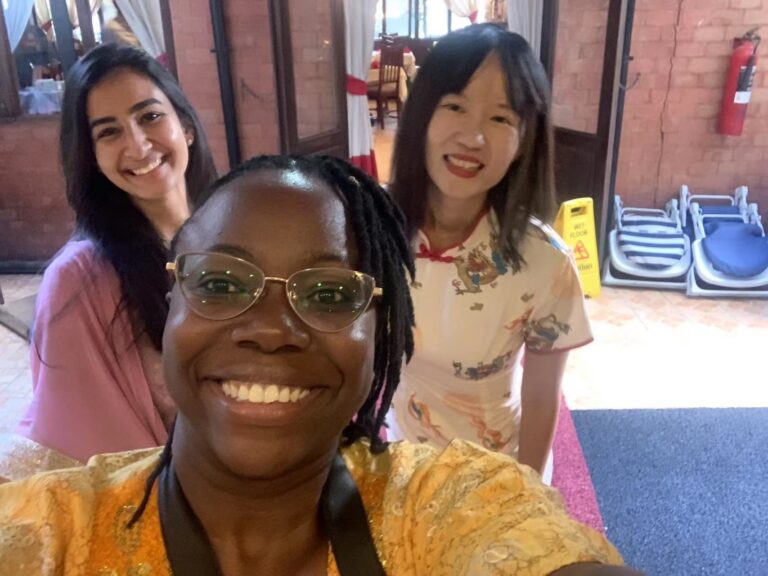
Public Vs Private
Mobilizing private sector resources, especially for initiatives like African Frontline First that have a significant social impact and positive externalities, poses a critical challenge. Private sector capital and enterprises are transitioning from mere donations to corporate social responsibility (CSR) initiatives, to seeking more profound, innovative, and transformative involvement to amplify their impact. It is crucial, therefore, to design win-win schemes that deeply understand private sectors’ value proposition and incentivize their active participation.
With a focus on private sector participation in the social impact space, I conducted extensive research into innovative financing mechanisms that facilitate such involvement. This included exploring the potential of pooled funding, blended finance, and advanced markets commitment as effective solutions. Furthermore, I conducted in-depth case studies on enterprises that have successfully improved healthcare provision and facilitated advancements in technology and management. These studies provided valuable insights and served as an inspiration for driving our financing facility design.
The synergy lies in creating an enabling environment that not only attracts private capital but also nurtures partnerships between the private sector and social impact initiatives. By understanding the value proposition of private sector entities and offering suitable incentives, we can motivate them to actively participate in initiatives that bring about positive social change while aligning with their business objectives.
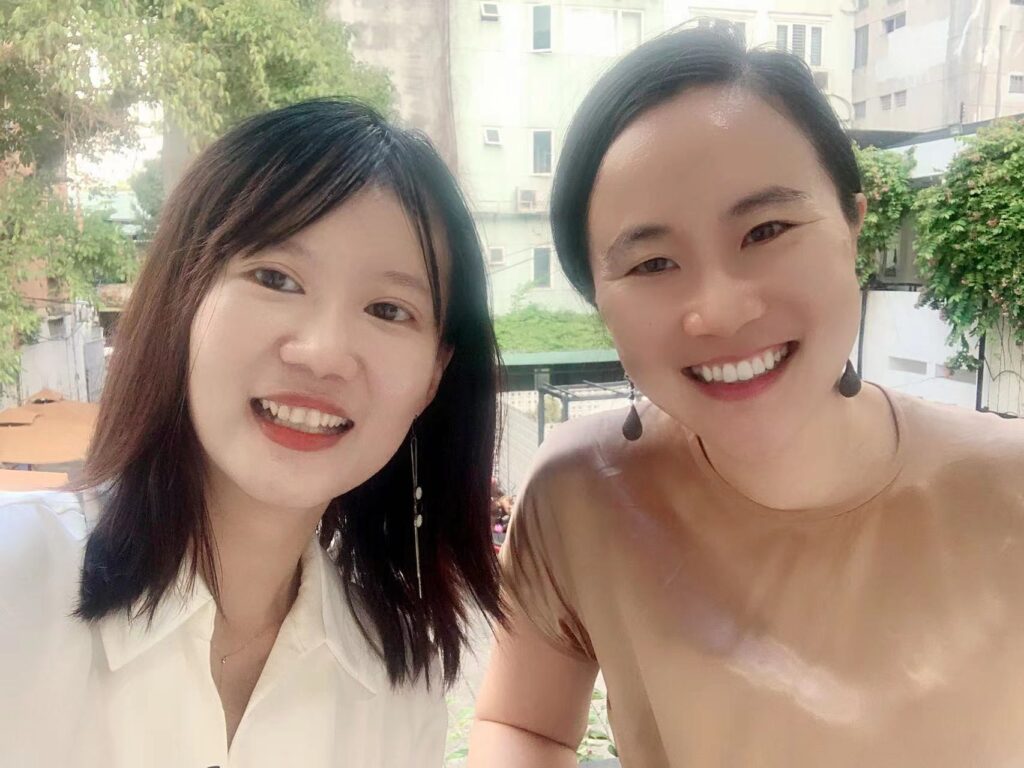
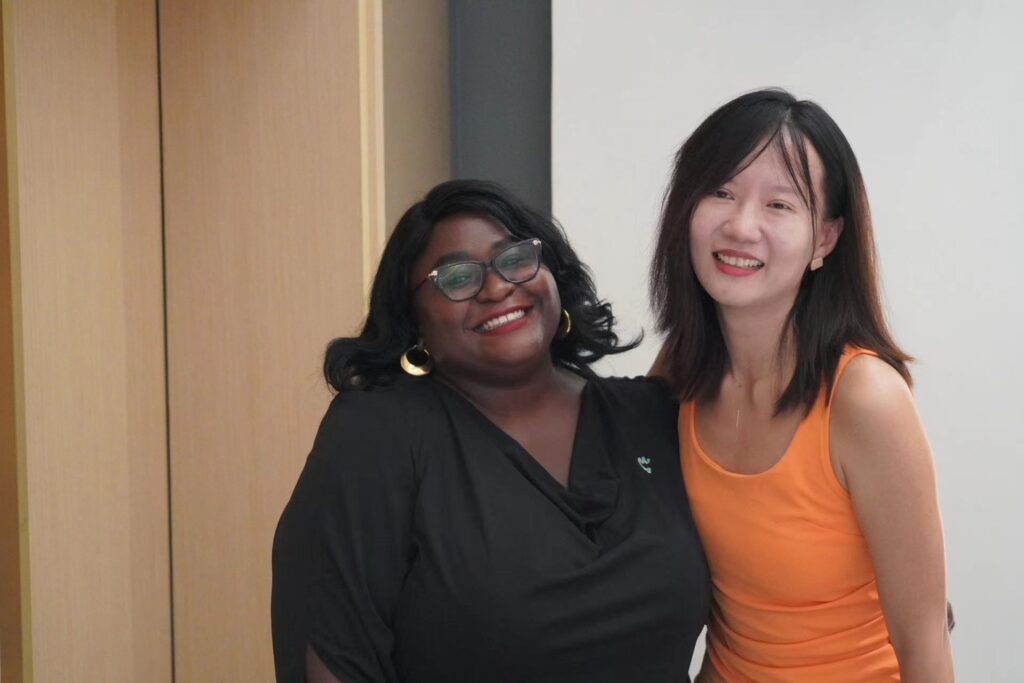
Africa Vs Asia
After relocating from Asia to Africa, my exposure to the region has significantly deepened my understanding of the current state of impact investment and its broader implications. Through direct observations and engaging discussions with LGT VP and Lightrock colleagues, as well as LGT VP alumni across the two continents, I have come to realize that impact investment is still in its early stages in both frontier markets. In comparison to more developed markets like the US and Europe, the presence of impact funds and foundations remains limited. Despite gaining increased tractions from global stakeholders, several obstacles hinder the widespread adoption of impact investing, including a scarcity of viable investment opportunities, limited experience in portfolio management, and complexities surrounding impact measurement and evaluation.
To my surprise, I discovered that Africa hosts a comparable percentage of impact funds to Asia, with an equivalent percentage of assets under management (AUM) dedicated to impact investing (based on data from Global Impact Investing Network). Despite the perceived higher risks associated with investing in Africa, the continent offers a unique opportunity for better alignment with impactful storytelling. This effectively rebalances the trade-off between financial returns and impact. In Africa, impact investment has the potential to complement public spending and official development assistance by attracting private sector capital and expertise. By doing so, it can reduce the vulnerability of African economies to external shocks while providing market-based solutions to address pressing socio-economic needs. Building upon my Asia experience, I am driven to replicate successful models based on the “time machine” theory while also exploring novel approaches to foster Africa’s leapfrog development.
Towards my long-term goal of establishing a dedicated impact fund, this transformative journey has presented me with an abundance of invaluable assets. The LGT VP Impact fellowship has not only deepened my understanding of impact but also connected me with a supportive network of like-minded individuals who have played a crucial role in my personal and professional growth. With this newfound knowledge, experience, and network, I am empowered to drive sustainable change and make a lasting positive impact in emerging economies.
